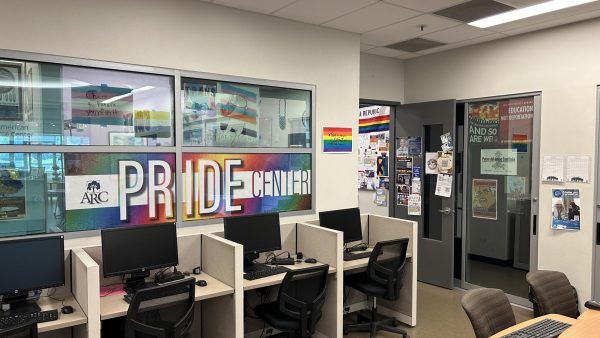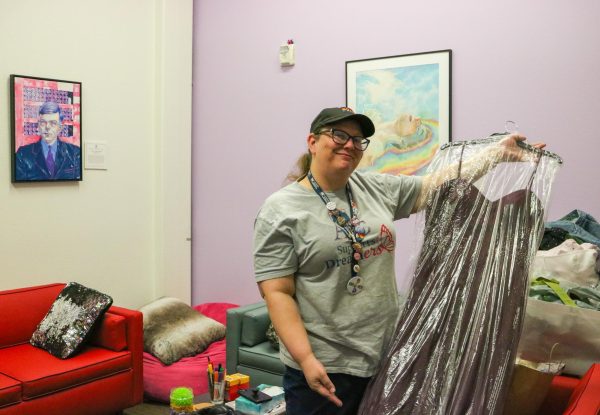Respecting gender affirming pronouns helps people embrace their identity
“It also signals a move away from the gender binary and embraces gender as a spectrum”
Using gender affirming pronouns allows people to be more comfortable in their own skin. (Photo via Freepik)
The use of gender-affirming pronouns can be an important form of self-identity. Gender affirming pronouns have captured the eyes and ears of many and some say that while an emphasis on identifying one’s pronouns can be eye-opening for others, it is also challenging. It can be challenging because of religious reasons, resistance to change and loss of control.
Gina Barnard, an American River College English professor, says she supports the use of gender-affirming pronouns.
“For one, it shows respect for each person’s autonomy. Using gender-affirming pronouns allows everyone to be inclusive of each person’s gender,” Barnard said in an email to the Current. “It also signals a move away from the gender binary and embraces gender as a spectrum and is inclusive to the LGBTQIA+ community of which I am part.”
ARC’s Pride Center is fully remote this semester, but its staff hopes to be on campus for spring 2022. Although they are virtual, there are still events students can attend.
“Currently we have [an] LGBTQIA+ Transfer Event planned for November, and we also are in the works of starting up our Queer Book Club again,” said Ryder Kian, ARC Pride Center Peer Mentor.
According to the ARC website, the Pride Center is a safe place that provides a non-judgmental atmosphere and allows open discussions for people who identify as LGBTQ+ and helps people to have a better understanding of the community and what it represents.
Some ARC professors, such as Barnard, say they try to create ways for students to feel comfortable in classroom settings.
“As part of my syllabus and introduction to my courses in the first week of the class, I invite students to share their pronouns with each other,” Barnard said. “I have received positive feedback from students about using gender pronouns in my class.”
Students can also take a class to learn more.
One course offering is Social Justice Studies 310 Introduction to LGBTQ+ Studies which allows students to explore how transgender, bisexual, and other communities are impacted through many factors like oppression and homophobia in society.
According to Scott Crow, ARC’s communications and public information officer, students can decide how to identify their gender through the college’s eServices system.
“As of October 2020, all students and employees can indicate their pronouns and have those appear on rosters and in Canvas,” Crow said.
For more information about how to change your name and gender-affirming pronouns in eServices or if you are looking to reach out to someone who is a part of the Pride Center or get involved, click here.












